Using Live Insects to Protect Your Yard and Garden
May 7, 2022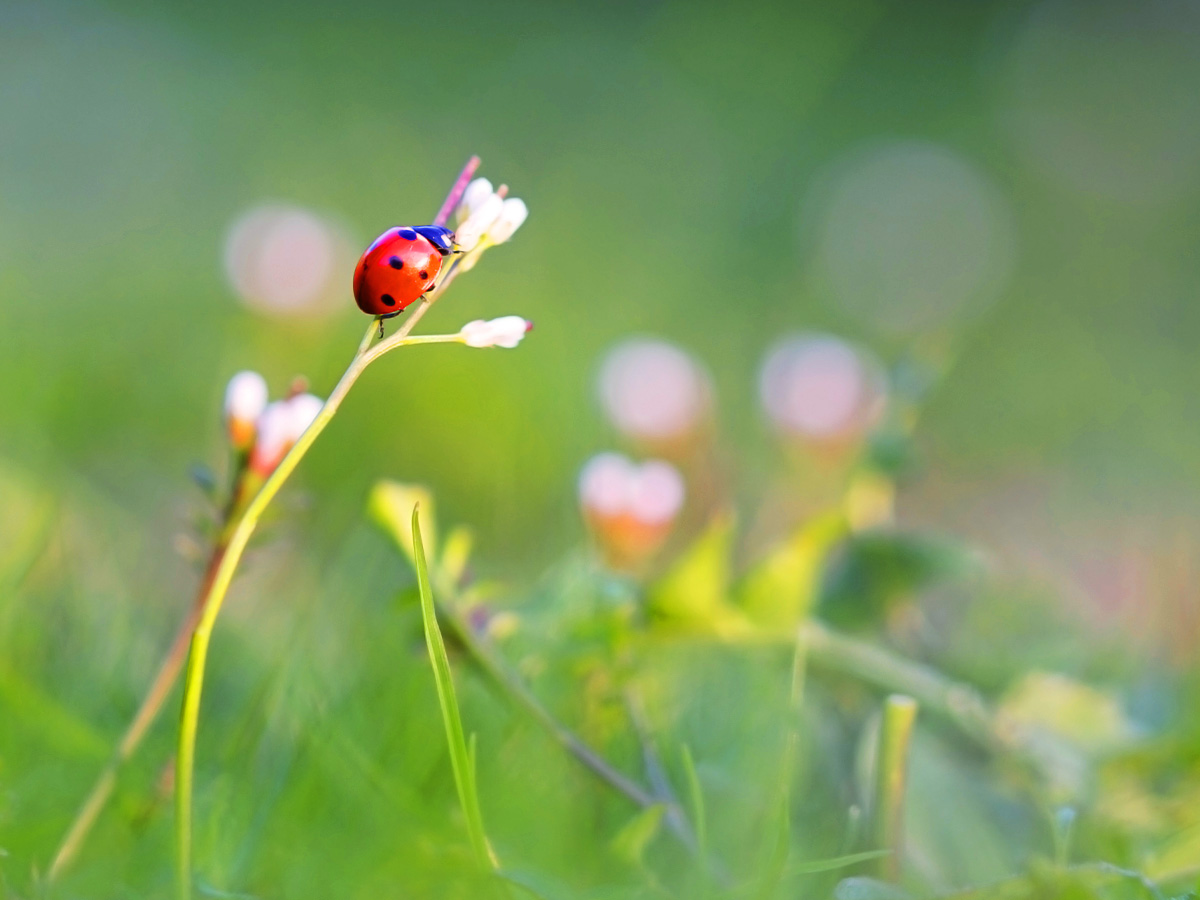
Looking for an easy and safe way to rid your yard and garden of aphids and other insects? Coastal now carries Organic Control live insects, including ladybugs, nematodes, lacewings, and praying mantids. Check out these pet- and kid-safe insect-control alternatives and how to put them to work in your yard and garden.
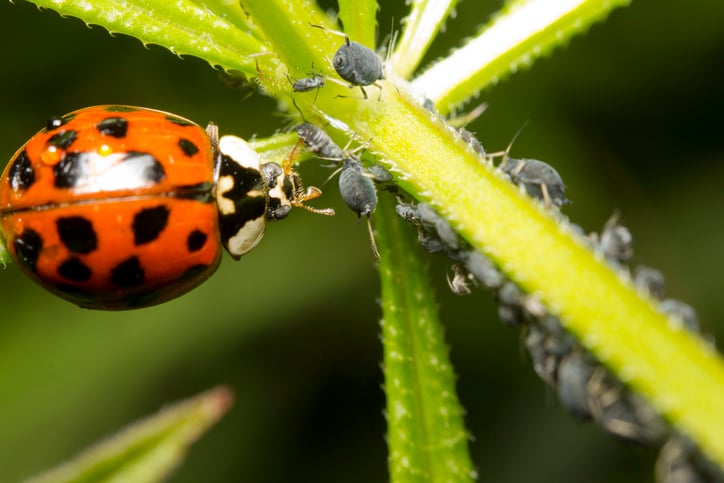
Ladybugs
Everybody loves ladybugs — except aphids. That’s because these winged beauties can eat up to 50 aphids per day. They also eat scale, mealy bugs, boil worms, leafhoppers, and corn earworms. But they won’t harm your plants or flowers. Once released, they’ll start to dine on invasive bugs in your yard and garden, protecting your plants and flowers. Each pack contains 500 ladybugs.
How to Release Ladybugs: For best results, wait until the evening to start the process. First give your garden and plants a light watering. Then, open up the ladybug box and sprinkle 1/3 of the container around your garden. Keep the remaining ladybugs in the refrigerator and release them over the next two days. Do not store your ladybugs for more than three days.
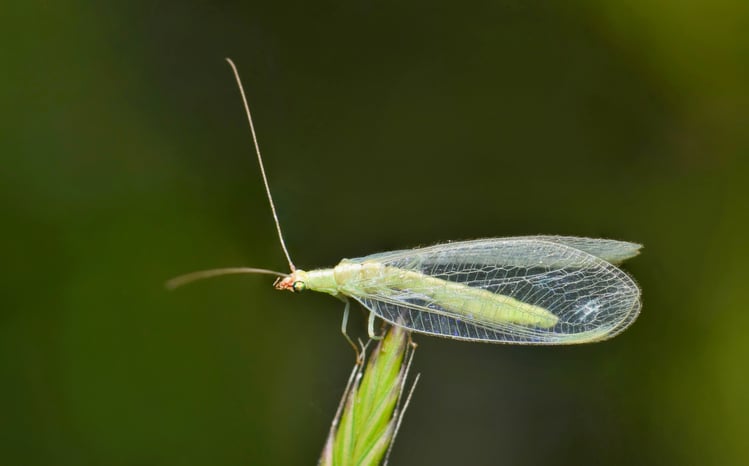
Ladybugs and Lacewings
Ladybugs and lacewings are one of nature’s perfect tag teams. Release both in your garden or yard, and the ladybugs will get to work eating the aphids as well as other harmful insects. Then, a few days later, the lacewings will hatch and begin feasting on everything from aphids and mites to whiteflies, mealybugs, leafhoppers, and thrips. The pack comes with 500 ladybugs and a small plastic cup containing thousands of lacewing eggs.
How to Release Ladybugs and Lacewings: First, wait until the evening to release your ladybugs. Give your garden and plants a light watering. Then, open up the ladybug box and sprinkle 1/3 of the container around your garden. Keep the remaining ladybugs in the refrigerator and release them over the next two days. Do not store your ladybugs for more than three days.
To release the lacewings, wait until morning. Give your garden a light watering. Then, using a Q-tip, carefully scoop out some eggs and attach them to damp leaves or flowers. They will hatch a few days later.
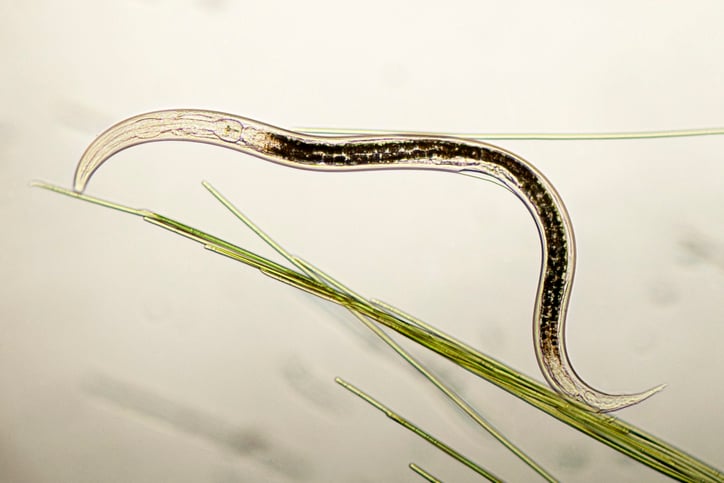
Beneficial Nematodes & Grub Control
Sometimes, seeing isn’t believing. Nematodes are a microscopic line of defense against 230 kinds of soil-dwelling and wood-boring pests. That includes flea larvae, grubs, weevils, gypsy moth larvae, and cabbage root maggots. The box contains all you need to release over 7 million beneficial nematodes over a 2,000-square-foot area. Best of all, they will keep working for up to two years and will not harm earthworms, ladybugs, lacewings, or praying mantids. And they’re completely safe for pets and people.
How to Release Nematodes: You’ll need a bucket, 2-gallons of water, and a watering can. Open the pack of nematodes packed with vermiculate. Pour that mixture into the provided bag, tie the top, and dunk it into your bucket of water. Swirl it around for a minute then leave it in the water for one hour. Over that time, millions of nematodes will begin floating in the water. Be sure the water is out of direct sunlight as this can kill the nematodes. After an hour, remove the bag, wring it out, then open it up and pour the contents somewhere in your garden. Once you cover that leftover vermiculite with soil, the nematodes left in the mixture will start doing their job. Now, pour the nematode water into your watering can. Sprinkle the mixture onto the ground throughout your garden, flowerbeds, or in your lawn.
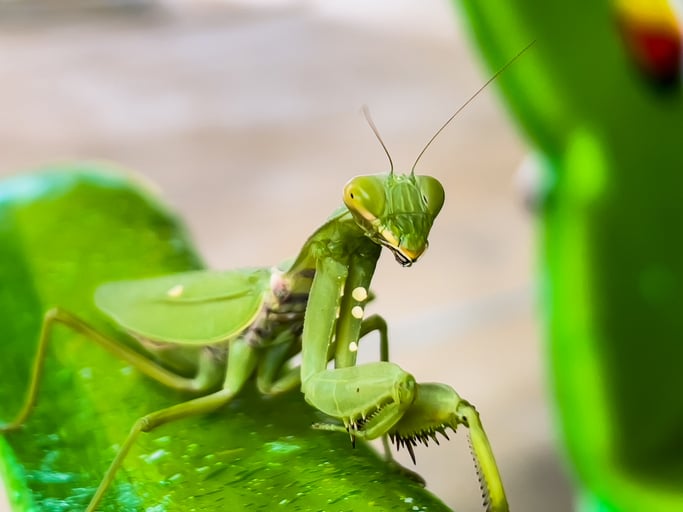
Praying Mantids
While praying mantids might seem intimidating, they’re only interested in eating invasive insects that might otherwise damage your garden and flowers. These lone sentries won’t fly away, can reach lengths of 6-inches over the summer, and eat aphids, thrips, flies and maggots, small caterpillars, leafhoppers, white grubs, and more. Larger praying mantids will find and eat earwigs, beetles, and grasshoppers. What you’ll find in your carton at Coastal is one egg case containing up to 200 eggs.
How to Release Praying Mantids: You can either place the container and egg case on a windowsill in your home and wait for them to hatch, or put the egg case in a small tree branch. If you choose to let them hatch indoors, watch them closely. Once they hatch, it’s important to sprinkle them around your garden quickly before they begin to eat one another for food.
Get Organic Options at Coastal
Including live insects from Organic Control, you’ll find plenty of organic livestock feed, pet food, as well as yard and garden supplies at your West Coast-owned and operated Coastal. Look for the live insects in one of your store’s refrigerator displays. While you’re there, check out one of the largest selections of footwear in the Northwest.
